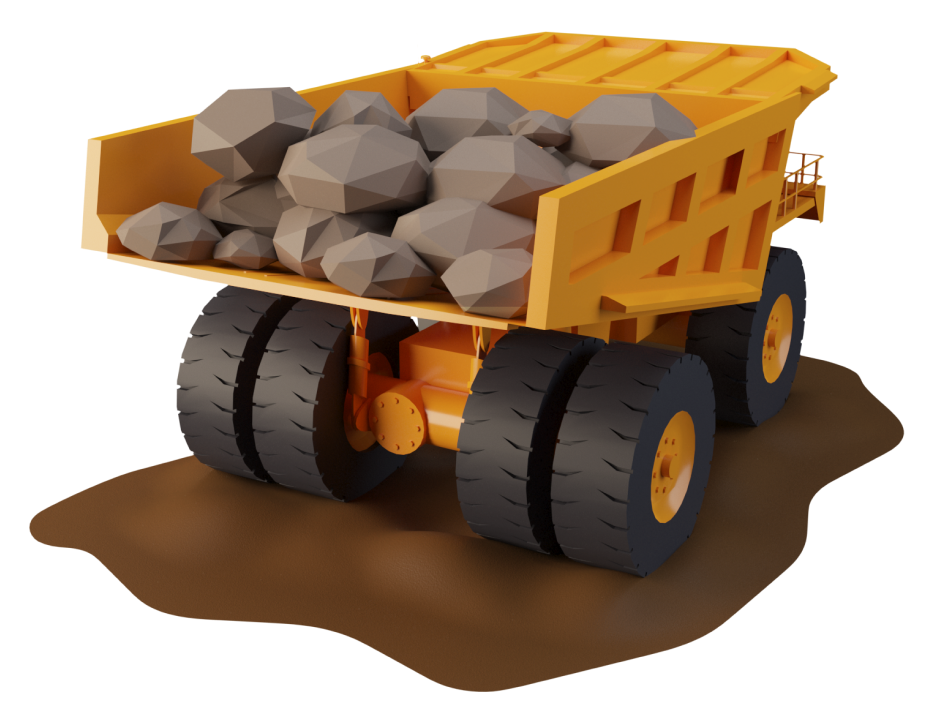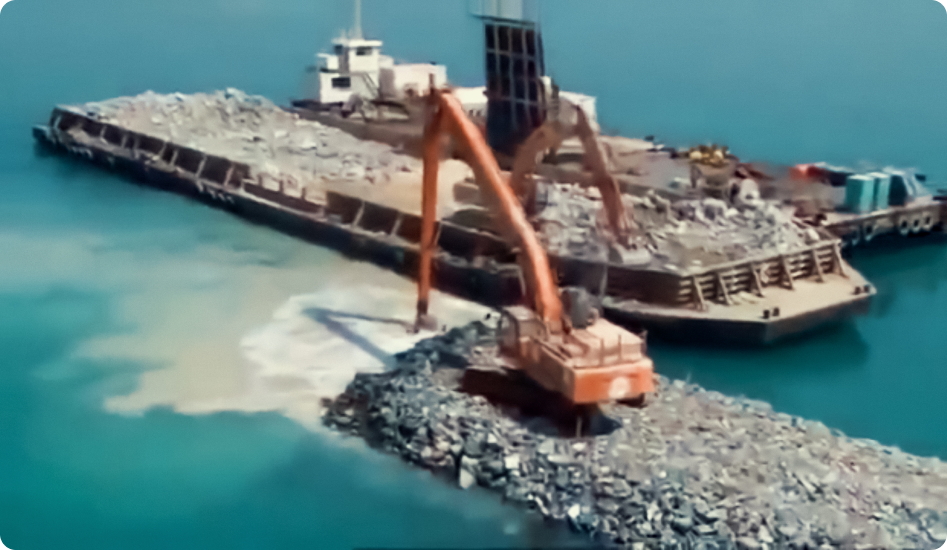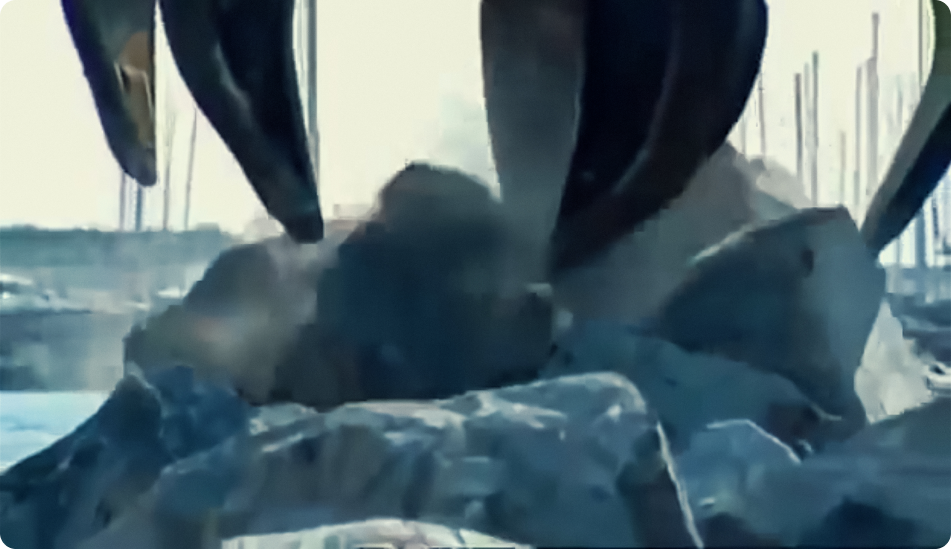

Dubai Municipality, a body of the Government of Dubai, has been documenting the Emirate’s coastline and its expansion through the Dubai Coastal Zone Monitoring Programme since 1997. Prior to the announcement of Palm Jumeirah in 2001 by His Highness Sheikh Mohammad Bin Rashid Al Maktoum, a series of research initiatives including scour assessments, a survey to check the shape of the island above and below the waterline, 3D scale models to simulate wave tests and numeric modelling to simulate tidal flow were conducted in the coast of the city.
These tests supported the conclusion that the best way to protect Palm Jumeirah would be to build an
11 km long crescent shaped breakwater — which would shield the reclaimed sand island from the natural elements including waves, extreme storms and the strong north-westerly winds known as Shamal; — with two 150 m openings to allow the sea to be refreshed every two weeks.
A flexible & dynamic structure, the breakwater — whose construction began in the summer of 2001— allows for slight movement to absorb and deflect the sea during big storms, it is also curved to enable energy from the waves to slide around it. It comprises 3.5 km2(350 hectares) of rocky surface, most of which is underwater. The 200 m wide mega-engineering structure extends 40 m out to sea, and it is constructed at a depths of up to of 10.5m
The breakwater comprises three different layers: the first inner layer made of core material, the underlayer, and the superficial armour layer, their construction involved a fleet of barges, dredgers, heavy based land machines, tugboats and floating cranes.

Layered on top of the fabric is main double outer layer of armour stone which caps the barrier was composed of individually placed 6 tonne limestone boulders, about the size of a VW Beetle Car, and an inner core layer of smaller gabbros tones of up to one tonne each.
Samples from each load were quality checked for its size and consistency before being transported, afterwards they were positioned in an interlocking pattern to provide a flexible and protective barrier around Palm Jumeirah. Divers then examined the placement of rocks underwater to further ensure correct positioning.
The full structure of the breakwater was completed in October 2003, several months ahead of schedule.